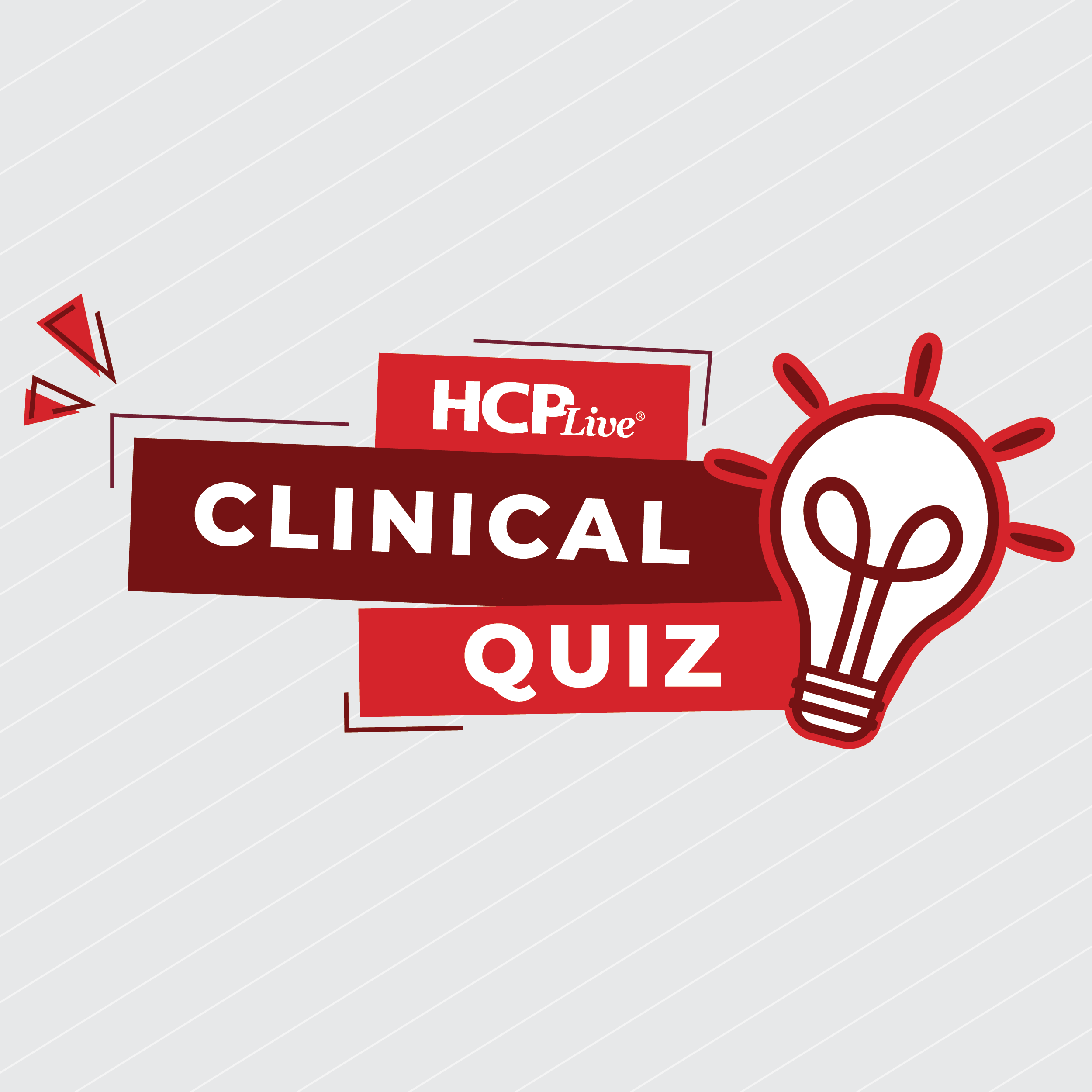News
Article
Anaphylaxis Following Non-COVID Vaccines Are Rare but Vary by Type
Author(s):
Key Takeaways
- Anaphylaxis following non-COVID-19 vaccinations is rare, with influenza vaccines showing a higher incidence compared to other types.
- The meta-analysis included 22 studies, identifying 262 anaphylactic cases, with influenza vaccines accounting for the majority.
An analysis found anaphylaxis following non-COVID vaccines is rare, with greater rates for yellow fever and influenza vaccines.
Flavia Pennisi, PhD
Credit: University of Pavia in Italy

A new study showed anaphylaxis following a non-COVID-19 vaccination is rare but varies by vaccine type.1
“The results of this meta-analysis provide critical insights into the low overall incidence of anaphylactic events associated with vaccines,” wrote investigators, led by Flavia Pennisi, PhD, from the National Programme in One Health Approaches to Infectious Diseases and Life Science Research at the University of Pavia in Italy. “The significantly higher event rate observed for influenza vaccines compared to other vaccine types, particularly under the random-effects model, suggests potential variability in study populations, reporting standards, or underlying risk factors.”
Vaccines may result in anaphylaxis, a rare, life-threatening allergic reaction causing fatal airway, respiratory, or circulatory complications. The incidence of vaccine-related anaphylaxis ranges from 50 to 20,000 cases per 100,000 person-years, with fatal outcomes occurring in approximately 0.05 cases per 100,000 people annually.2 Research on vaccine-related anaphylaxis expanded with the introduction of the COVID-19 vaccine.3
Despite this, data on anaphylaxis incidence from non-COVID-19 vaccines in adults remains limited. Investigators conducted a systemic review and meta-analysis to estimate the incidence of anaphylaxis following various non-COVID-19 vaccinations.1
They searched PubMed, Embase, Scopus, and Web of Science, selecting 37 studies with adults aged ≥ 18 years (n = 206,855,261) for the systemic review. Only 22 studies were included in the meta-analysis, as the remaining 15 lacked anaphylactic shock case reports. Studies were conducted in America (n = 28), Europe (n = 5), Asia (n = 2), and Africa (n = 1), with 1 conducted across 105 sites in North America and Europe.
Most studies examined influenza vaccines (n = 15), followed by vaccines for pneumococcal (n = 8), tetanus and diphtheria or tetanus toxoid (Td/dTap) (n = 7), herpes zoster virus (n = 6), hepatitis B (n = 5), human papillomavirus (n = 4), yellow fever (n = 3), hepatitis A (n = 2), Japanese encephalitis (n = 2), meningococcal (n = 2), varicella (n = 1), rabies (n = 1), rotavirus (n = 1), and tick-borne encephalitis (n = 1). The analysis identified 262 anaphylactic cases, with 153 linked to influenza vaccines, 38 to herpes zoster virus vaccines, 29 to yellow fever vaccines, and 22 to pneumococcal vaccines.
Vaccines associated with fewer reactions included the ones for measles, mumps, and rubella (MMR) (n = 13), hepB-alum (n = 2), human papillomavirus (n = 2), meningococcal disease group B (n = 1), hepatitis A (n = 1), and Japanese encephalitis (n = 1).
Influenza vaccines may have accounted for the highest absolute number of anaphylaxis cases, but when considering sample size, the yellow fever vaccine demonstrated the greatest rate of anaphylaxis at 2.1 per 100,000 participants. Conversely, the td/Tdap vaccine had the lowest anaphylaxis rate of 0.0001 per 100,000 participants. Pneumococcal vaccines had the second lowest anaphylaxis rate: 0.9 per 100,000 participants.
The time to onset of anaphylaxis ranged from minutes to 14 days. Most cases were moderate to severe and treated with epinephrine (n = 8) alongside antihistamines and corticosteroids (n = 9).
The meta-analysis showed a low incidence of anaphylactic shock across various vaccines: -10.45 (95% confidence interval [CI], -12.09 to -8.82; P < .001, corresponding to a rate of approximately 0.57 events per 100,000 participants (95% CI, 0.49 to 0.68). The random-effects model showed the anaphylaxis incidence following a vaccine: 2.91 events per 100,000 participants (95%; confidence interval [CI], 0.56 to 14.73); P < .001).
The sensitivity analysis demonstrated a greater anaphylaxis prevalence for the vaccines of influenza (11.2 events per 100,000 subjects; 95% CI, 0.4 to 310) and hepatitis (19.05 events per 100,000 subjects; 95% CI, 0.08 to 4733.35), as well as vulnerable populations (48 events per 100,000 subjects; 95% CI, 4 to 631). Pneumococcal vaccines had the lowest event rates (0.122 events per 100,000 individuals).
“Monitoring patients beyond the immediate post-vaccination period, especially those with complex medical histories, can help ensure that delayed reactions are appropriately managed and correctly classified,” investigators wrote. “The rapid progression of symptoms in severe cases makes timely intervention critical. These observations underscore the current recommendations that any provider administering vaccines should have emergency protocols and supplies on hand, including epinephrine, should a patient develop anaphylaxis.”
References
Pennisi F, D'Amelio AC, Cuciniello R, Borlini S, Mirzaian L, Ricciardi GE, Minerva M, Gianfredi V, Signorelli C. Post-Vaccination Anaphylaxis in Adults: A Systematic Review and Meta-Analysis. Vaccines (Basel). 2025 Jan 4;13(1):37. doi: 10.3390/vaccines13010037. PMID: 39852816; PMCID: PMC11769139.
Lieberman, P.; Camargo, C.A., Jr.; Bohlke, K.; Jick, H.; Miller, R.L.; Sheikh, A.; Simons, F.E. Epidemiology of anaphylaxis: Findings of the American College of Allergy, Asthma and Immunology Epidemiology of Anaphylaxis Working Group. Ann. Allergy Asthma Immunol. 2006, 97, 596–602.
Salsone, M.; Signorelli, C.; Oldani, A.; Alberti, V.F.; Castronovo, V.; Mazzitelli, S.; Minerva, M.; Ferini-Strambi, L. NEURO-COVAX: An Italian Population-Based Study of Neurological Complications after COVID-19 Vaccinations. Vaccines 2023, 11, 1621.




